Figures & data
Table 1. Interviewee profile.
Figure 1. Frequency of mobility and postural limitations perceived by transtibial amputees undertaking agricultural activities.
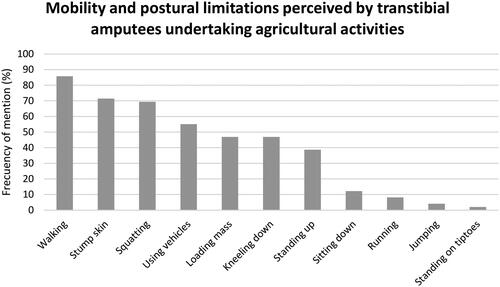
Figure 2. Problems reported by transtibial amputees when walking on different terrains.
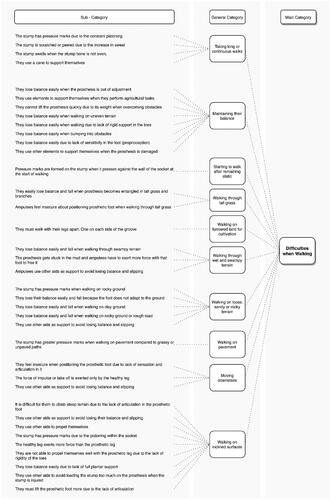
Figure 3. Problems that transtibial amputees present on the stump skin.
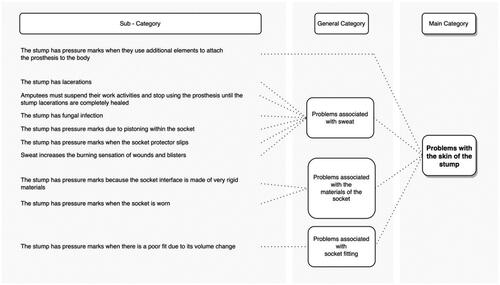
Figure 4. Problems reported by transtibial amputees while squatting.
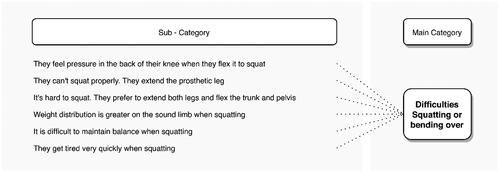
Figure 5. Postures adopted by transtibial amputees to reach for objects on the floor.
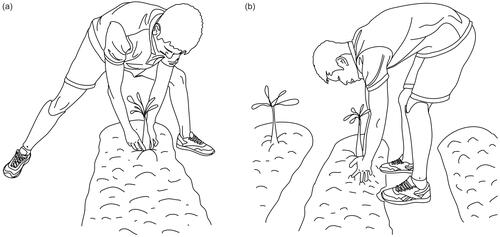
Figure 6. Problems reported by transtibial amputees when using vehicles and animals as a means of transport.
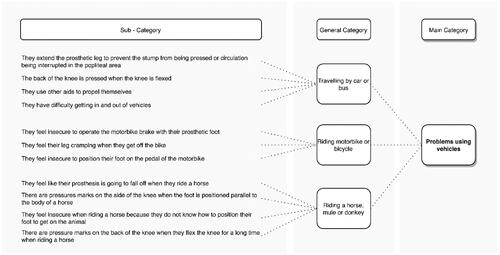
Figure 7. Posture adopted by transtibial amputees when traveling on buses.
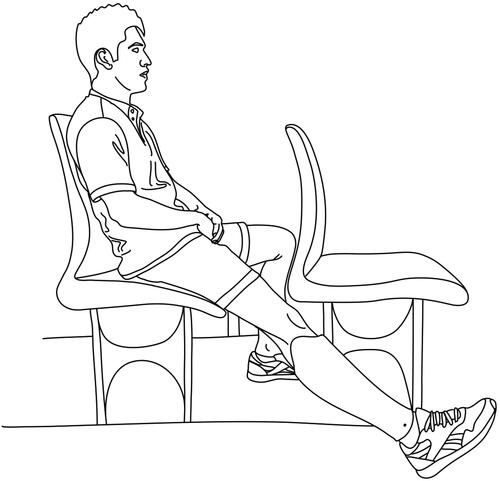
Figure 8. Problems reported by transtibial amputees when carrying a mass above 30 kg.
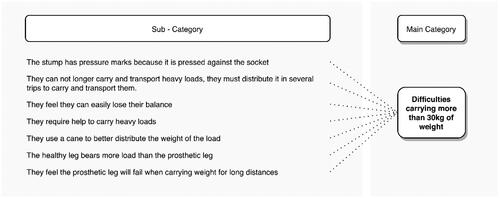
Figure 9. Problems reported by transtibial amputees while kneeling.
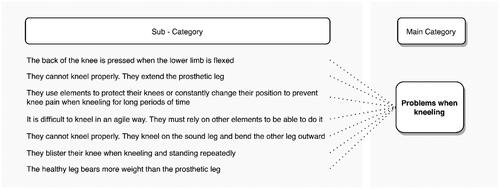
Data availability statement
The data that support the findings of this study are openly available in 4TU.ResearchData at http://doi.org/10.4121/54fed3ba-8cf0-404b-9e83-dfd4a4eb4d34.


